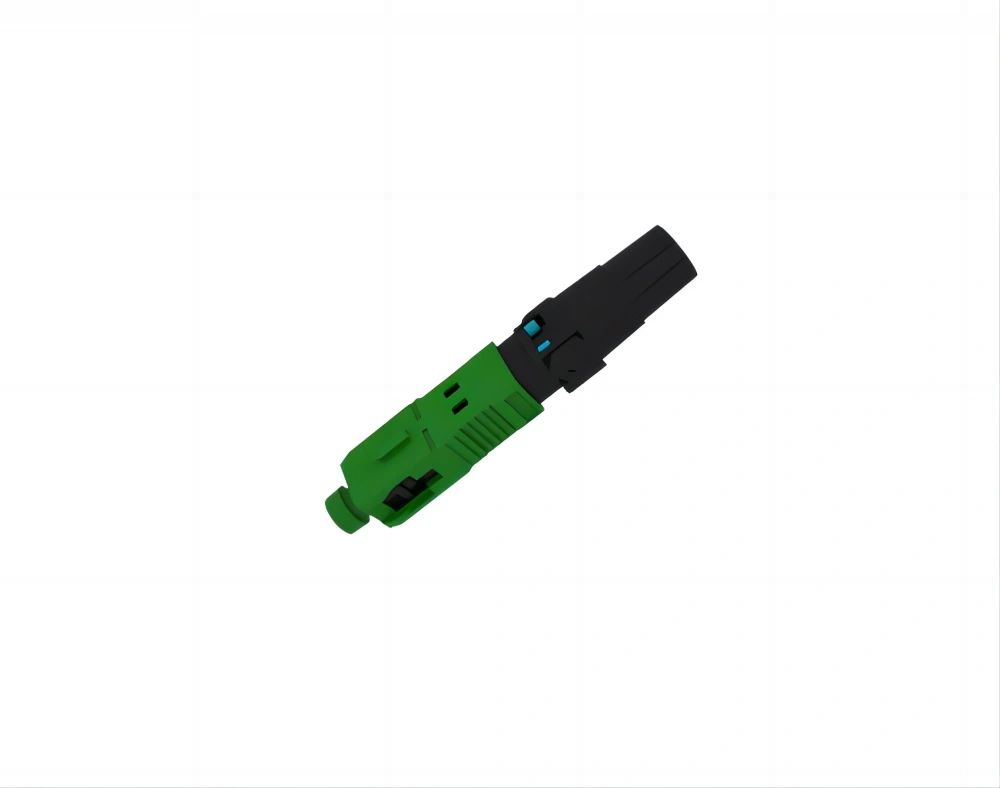The Potential of Fiber Optic Connectors in Replacing PEI Materials

Fiber optic connectors have gained significant popularity in recent years due to their numerous advantages in the field of telecommunications and data transmission. With their high-speed and reliable signal transmission capabilities, fiber optic connectors have become a preferred choice for various applications. However, the question arises: can fiber optic connectors replace PEI materials?
Preliminary Understanding: PEI Materials
PEI, or Polyetherimide, is a high-performance engineering plastic that is widely used in diverse industries. Its exceptional properties, such as high heat resistance, excellent electrical insulation, and superior mechanical strength, make it ideal for applications requiring durability and reliability. PEI materials find extensive usage in aerospace, automotive, electrical, and medical industries.
The Advantages of Fiber Optic Connectors
Fiber optic connectors offer several advantages over traditional PEI materials:
- Transmission Speed: Fiber optic connectors provide unparalleled transmission speeds, with bandwidths exceeding what PEI materials can achieve. This makes them perfect for applications that require fast and efficient data transmission.
- Signal Quality: Fiber optics allow for low signal loss and minimal interference, ensuring higher signal quality compared to PEI materials.
- Longer Transmission Distances: Fiber optic connectors can transmit signals over much longer distances without degradation, making them suitable for long-range applications.
- Compact Size: Fiber optic connectors are smaller and lighter than PEI materials, allowing for greater flexibility in design and installation.
- Resistance to Electromagnetic Interference: Unlike PEI, fiber optic connectors are immune to electromagnetic interference, making them ideal for environments with high electromagnetic activity.
The Challenges and Limitations
Despite their considerable advantages, fiber optic connectors pose challenges and limitations regarding their widespread replacement of PEI materials:
- Higher Cost: Fiber optic connectors are generally more expensive to produce and install compared to PEI materials, making them less attractive for cost-sensitive applications.
- Specific Application Requirements: Some applications may have strict requirements that only PEI materials can fulfill. For example, PEI's high heat resistance and chemical stability are indispensable in certain extreme environments.
- Maturity of Technology: While fiber optic connectors have evolved rapidly, they may not yet be suitable for all applications due to technological constraints or limitations in certain industries.
Concluding Remarks
In conclusion, fiber optic connectors exhibit immense potential in many fields, challenging the traditional dominance of PEI materials. While there are clear advantages to fiber optic connectors, their broader adoption is contingent upon addressing the challenges of cost, specific application requirements, and further technological advancements. As the technology continues to evolve, it is plausible that fiber optic connectors may gradually replace PEI materials in a range of applications, providing superior performance and efficiency.



